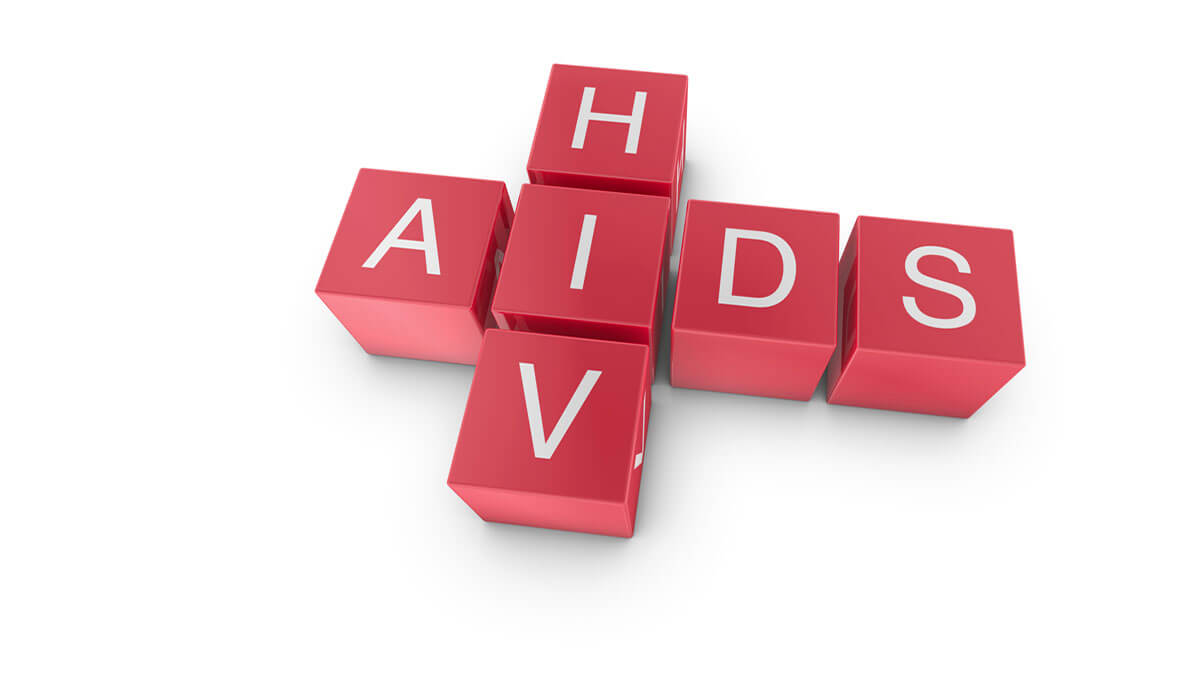A total of 1.63 million Nigerians out of the 1.8 million persons currently living with HIV in the country are on Antiretroviral treatment, the National Agency for the Control of AIDS ( NACA), has said.
Director-General of the agency , Dr Gambo Aliyu, stated this Friday while briefing newsmen ahead of this year’s World AIDS Day, Nigeria has the second-largest burden of HIV infection.
Aliyu said Nigeria like many other countries has made significant strides in the fight against HIV/AIDS, adding that there is however still much to be done to achieve the goal of ending AIDS as a public health threat by 2030.
He said approximately 58% of the persons living with HIV are estimated to be female, while 42% are male.
He said, “The national average of mother-to-child transmission rate of 22% is driven by a large number of states with transmission rates above 25%, and few states with rates below 15%. Nigeria is responsible for about 30% of the world’s gap in prevention of mother to child transmission ( PMTCT).”
He said it is important in line with the theme of this year’s World AIDS Day ‘Communities: Leadership to End AIDS by 2030” to mobilize community leaders for gender-equitable social norms and gender equality in the uptake of HIV prevention including prevention of mother to child transmission of HIV, treatment, and care services.
Dr Aliyu called on all stakeholders to renew their dedication to the national HIV/AIDS response, adding “Let us bolster community-led initiatives, strengthen partnerships, and champion policies that uphold the rights and dignity of all individuals, regardless of their HIV status.”
Amobi Ogah, Chairman House Committee of HIV/AIDS, Tuberculosis and malaria control ( ATM), said the parliament will work towards budgetary allocation in the fight against HIV/AIDs
National Coordinator of the Network of People Living With HIV/AIDS in Nigeria (NEPHWAN), Abdulkadir Ibrahim, said there is need to put people living with HIV at the centre of any HIV response in other to make impact.
He said, “To achieve this, we need to put the community and network at the center of the response. It is also an opportunity to harness the power for such change by putting the people first, and ensuring equal access for all. We also want to close all existing gaps, treatment and prevention services, in other to end the AIDS.”



